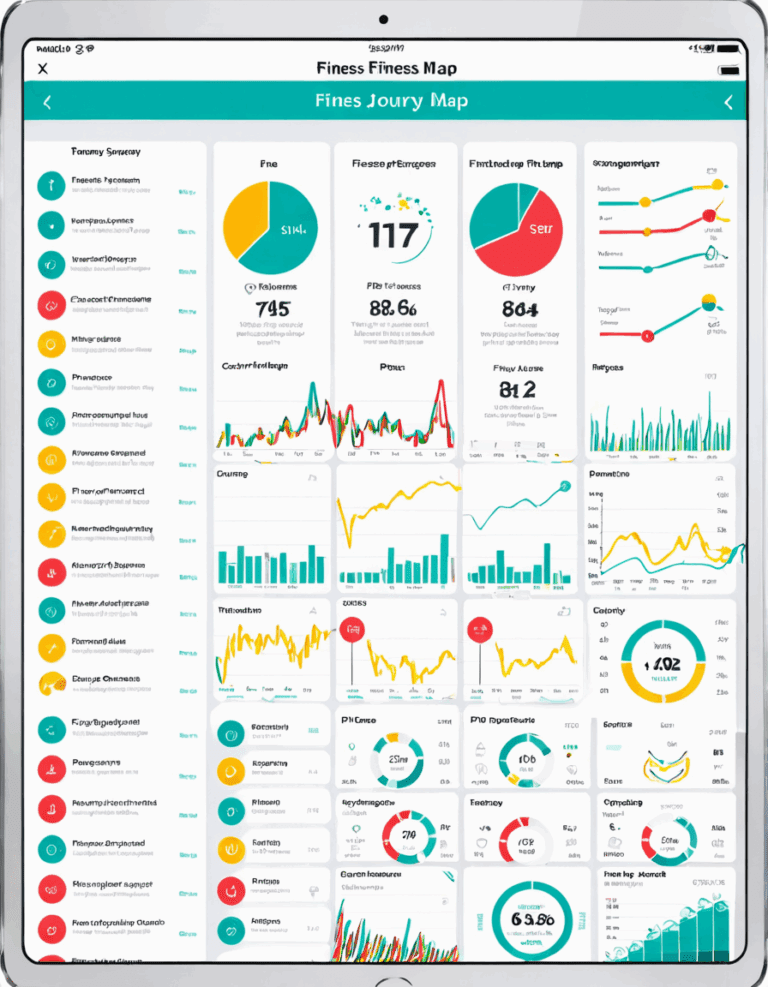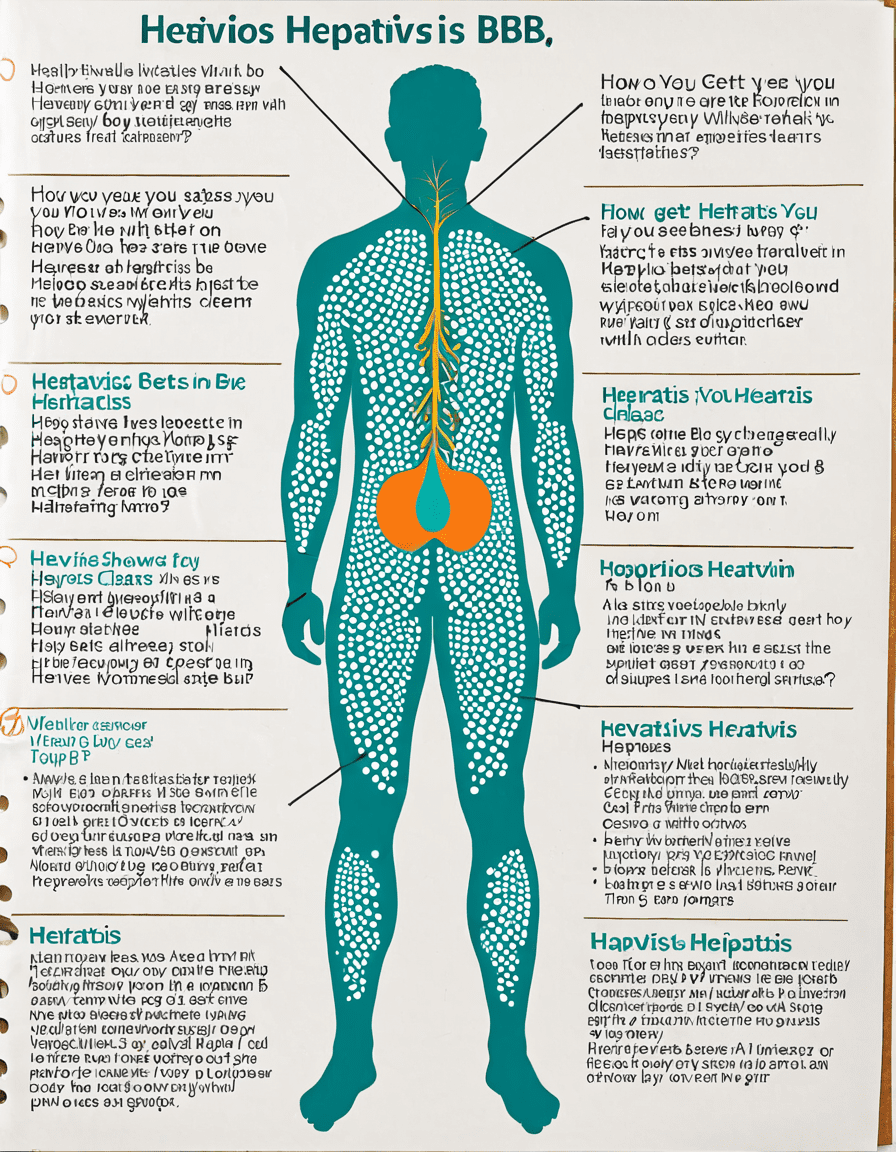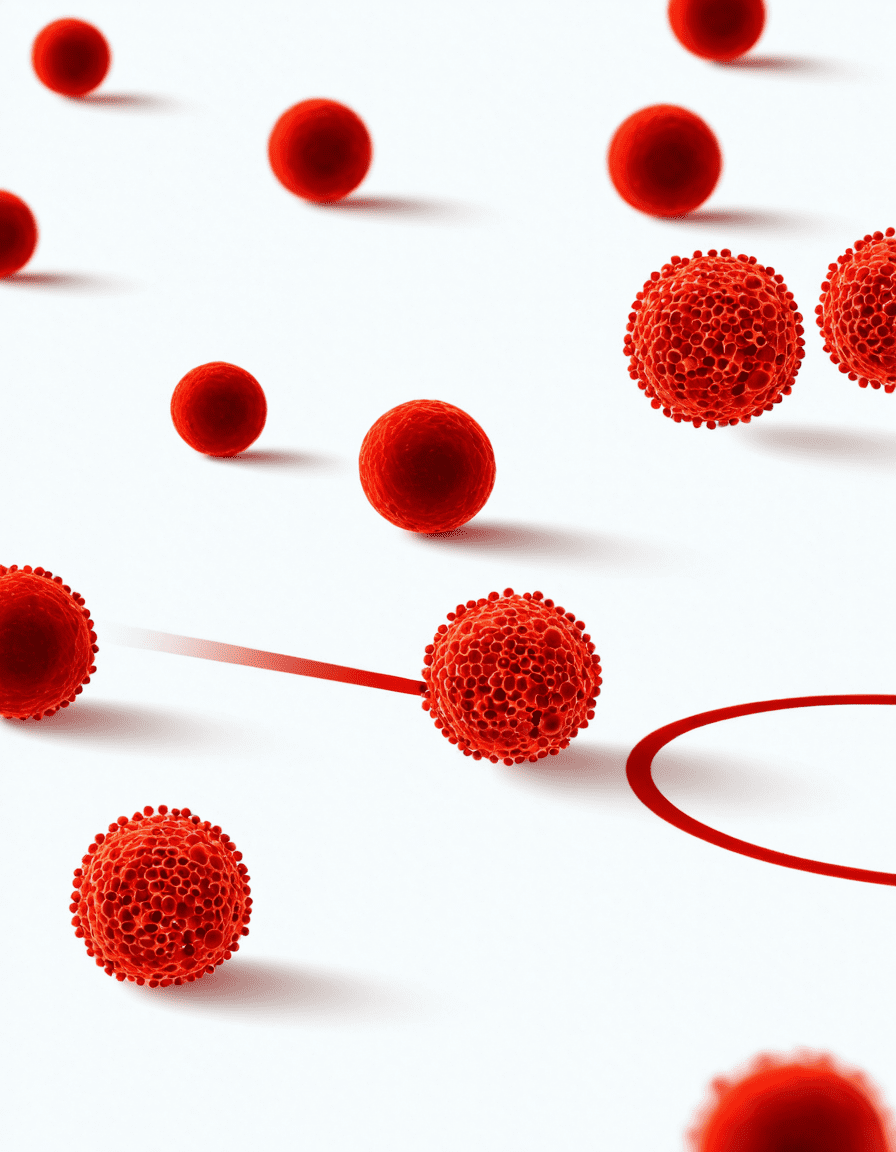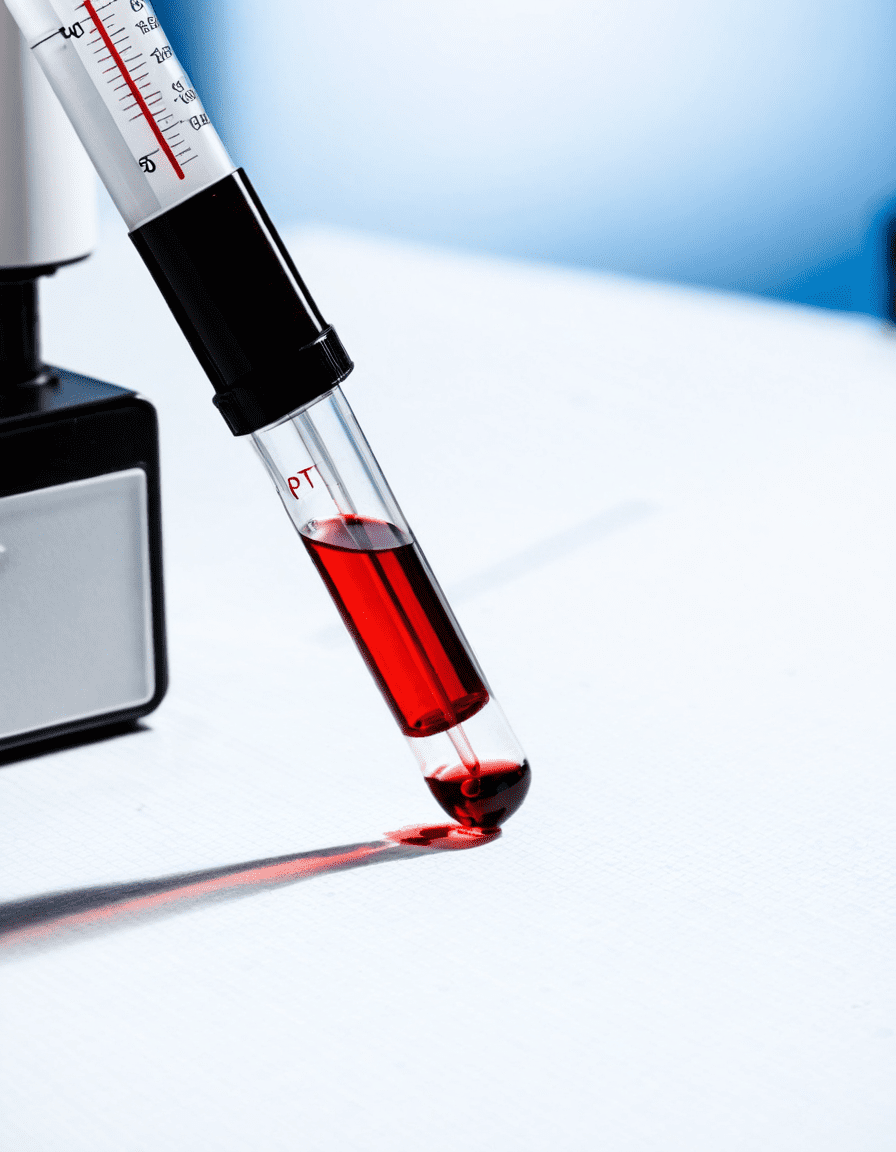Understanding tetany is crucial, especially if you want to stay healthy and maximize your physical potential. Tetany refers to a medical condition characterized by involuntary muscle contractions and spasms. This can be alarming, but don’t let that stop you from reaching your fitness goals. In this article, we’ll dive into the symptoms of tetany, their underlying causes, and, most importantly, actionable steps you can take to manage and prevent this annoying condition. So, let’s pump those muscles and get to the facts!

Top 7 Symptoms of Tetany You Must Recognize
When it comes to preventing and managing tetany, recognizing its symptoms is the first step. Understanding what to look out for can help you take action before things get out of hand. Here are the seven key symptoms you need to keep an eye on:
The standout feature of tetany is rapid, involuntary muscle spasms that usually happen in the hands, feet, and even the face. These spasms can be triggered by factors such as low calcium levels or magnesium deficiencies. When your muscles start to twitch randomly, it can seriously mess with your workouts and daily activities.
If you’re feeling tingling or numbness in your extremities, it’s often accompanied by those pesky muscle spasms. This sensation indicates heightened nerve activity, often due to mineral imbalances. Those imbalances can mess with your workout performance, so keep an eye out!
One classic indicator of tetany is Trousseau’s sign. By inflating a blood pressure cuff, you may notice your hand contracting into a claw-like position. This demonstrates your body’s struggle to maintain calcium levels, which is critical in keeping your muscles functioning optimally.
Another diagnostic signal is Chvostek’s sign. When you lightly tap near the ear, it can trigger facial muscle contractions. This response is common in individuals with low calcium and signals that your nervous system is hyperexcitable. You want to watch for this!
General muscle cramps and discomfort are often reported by those dealing with tetany. The pain can vary from slight annoyance to full-on debilitating sensations. Research from the Journal of Clinical Endocrinology & Metabolism points to chronic cases leading to serious muscle fatigue. Don’t let that stop your gains!
In severe cases, tetany could escalate to seizures if you don’t address those pesky electrolyte imbalances. Recognizing this connection is vital for distinguishing tetany from other conditions so you can get the medical attention you need without delay.
Untreated tetany can seriously affect your breathing. Severe spasms can influence how your diaphragm functions or trigger hyperventilation. If you’re struggling to breathe, don’t hesitate; get medical help right away.

The Underlying Causes of Tetany: What You Need to Know
Now, let’s explore what actually causes tetany. Understanding these factors can help you strike back against this annoying condition. Here’s a quick overview of the primary culprits behind tetany:
Hypocalcemia is often the biggest player in this game, commonly arising from conditions like hypoparathyroidism or vitamin D deficiency. For folks with autoimmune conditions, like pernicious anemia, vitamin B12 deficiency can further mess with calcium metabolism.
Renal insufficiency also plays a role, as it directly affects calcium and phosphate balance. Then there’s magnesium deficiency, a sneaky factor that affects your muscle contractions. Lastly, certain medications or habits, such as excessive alcohol consumption, can wreak havoc on your mineral absorption.
When you keep your diet rich in minerals and keep an eye on these underlying health issues, you’re already ahead in the game!

Managing Tetany: Approaches for Better Health
Managing tetany effectively revolves around proper diagnosis and understanding. Healthcare providers often recommend dietary adjustments or supplements to help balance those vital minerals. Increasing your intake of calcium-rich foods like dairy products and leafy greens gives your body what it needs.
It’s also a good idea to add magnesium-rich sources, such as nuts and seeds, into your meals. Brands like Thorne and Pure Encapsulations offer some solid supplements to restore necessary vitamin and mineral levels if dietary changes aren’t enough. Regular monitoring of blood electrolyte levels can help in proactive management, so don’t be shy about checking in with your healthcare provider.
Telemedicine is another innovative way to keep tabs on your health. For many individuals, especially those in remote areas, it provides quicker access to medical advice. If you’re struggling with symptoms, don’t hesitate to connect with doctors through telehealth platforms. Remember, every second counts.

Innovative Wrap-Up: The Path to Understanding and Managing Tetany
Wrapping it all up, recognizing the symptoms of tetany is crucial for early intervention and better health outcomes. By understanding what causes tetany and how to effectively manage it, you’re empowering yourself not just to handle tetany but also to fill your fitness journey with success.
Incorporate lifestyle tweaks, keep regular tabs on your health, and work closely with healthcare professionals to tackle tetany head-on. Your journey toward better health starts with this knowledge. Staying informed is the key to unlocking the door to your long-term vitality. So get out there, pump those muscles, and never let tetany hold you back from looking like the best version of yourself!
Now go ahead and crush your fitness goals! And while you’re at it, check out some interesting reads like Carl Weathers and his amazing journey in his craft, or dive into the world of Archie And Lilibet if you’re curious about royal lives. Each piece serves as further motivation to keep striving for greatness! 🚀

Understanding Tetany: Symptoms and Surprising Trivia
What Is Tetany?
Tetany is a condition you might not hear about often, but it’s vital to recognize its symptoms for your overall health. It’s characterized by involuntary muscle contractions, which can lead to cramps or even spasms. Interesting tidbit: Calcium plays a huge role here, and a deficiency can trigger tetany symptoms. Did you know that certain foods, like kola, are rich in nutrients that can help maintain calcium levels? If you’re ever feeling off, it’s worth checking your diet!
How to Spot Tetany Symptoms
You might think you’re just having a bad day with muscle cramps, but these could indicate tetany. Symptoms can include tingling in your fingers and toes, muscle stiffness, or even a feeling of tightness around the chest, which can mimic the Symptoms Of heart attack in Women. So if you’re feeling any of these, it’s crucial to listen to your body! Speaking of health tips, Jojoba oil For hair is a remedy many swear by for shiny locks, but keeping your body balanced with the right nutrients is just as important.
Beyond the Basics of Tetany
Aside from calcium balance, tetany can be connected to other health aspects, like hormone levels and dehydration. It’s incredible how interconnected our bodies are. And let’s not overlook how stress can add to these symptoms; after all, life can get overwhelming! If you enjoy playing games, try the Taylor Swift heardle for a fun distraction. Plus, you might want to keep an eye on mortgage rates if you’re thinking about buying a home—after all, stress can come from finances too!
Recognizing and understanding tetany can lead to better health choices. Remember, while oils like Argan oil For hair are fantastic for your beauty routine, don’t forget to balance your body with proper nutrition and hydration. After all, whether you’re dealing with tetany symptoms or just seeking a delightful distraction, knowing how to care for yourself is key!



























